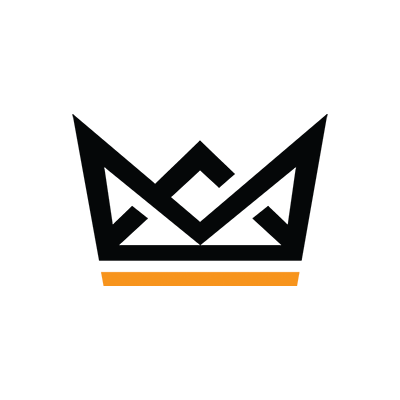Self Chain is revolutionizing the cryptocurrency wallet infrastructure, addressing critical issues like user experience, privacy, and world-class security.
This blog post will dive into Self Chain, its unique Keyless Wallets, and the $SELF token.
What is Self Chain?
Self Chain is a Layer 1 Blockchain, designed for trustless, next-generation private key recovery. It is a secure storage for encrypted client-side backups and master decryption keys.
This innovation aims to enhance Keyless infrastructure, offering an unprecedented level of security in crypto wallet technology.
Solving Crypto wallet challenges
Self Chain tackles three primary challenges:
- User-friendly interface: Streamlining the user experience to make crypto wallets more accessible.
- Privacy: Ensuring user data remains confidential and secure.
- Security: Implementing top-notch security measures to safeguard digital assets.
Keyless wallets: A new era of security
Keyless wallets are a breakthrough in wallet security, replacing traditional private keys or seed phrases with two separate “secret shares.”
One share resides on your mobile device, and the other is securely stored on the Self Chain. This approach eliminates single points of vulnerability, significantly enhancing the safety of your digital assets.
Keyless wallets split traditional private keys into multiple parts, distributing them across various locations. This distributed approach means there’s no single point where an attacker can access the entire key, making your assets far safer than with traditional private key wallets.
Keyless wallets offer several benefits, including enhanced privacy, accuracy, security, and reduced reliance on cold storage.
The $SELF token
$SELF is the primary token of Self Chain, playing a crucial role in securing the chain and covering transaction fees. It’s an integral part of the Self Chain ecosystem, facilitating transactions and network operations.
The Self Chain economy comprises users, dApps, $SELF token holders, and validators. The SELF token is central to the network, with gas fees incentivizing participation and rewarding validators. This proof-of-stake mechanism ensures network stability and security.
Staking $SELF tokens is about actively participating in the maintenance and integrity of the Self Chain network. Choosing the right validators for your tokens is crucial, as they are vital to the network’s overall health and security.
Self Chain node and validator node
- Self Chain node: A crucial component for those aiming to become validators or maintain a trustless connection to the network.
- Validator node: These nodes are responsible for transaction verification, maintaining the network’s integrity. The top 125 validators, chosen by $SELF token holders, participate in the consensus process.
Wallet support and getting started
Self Chain is supported by Keplr, allowing seamless management of $SELF tokens and staking positions.
To get started, download the Keplr extension, create a wallet, and acquire some $SELF tokens to interact on the Self Chain.
Benefits of holding $SELF
Holding and staking $SELF offers multiple benefits:
- Earn rewards from transaction fees and new token unlocks.
- Participate in Self Chain governance, influencing the network’s future direction.
Final thoughts
Self Chain is set to redefine the standards of crypto wallets through Account Abstraction, offering enhanced security, privacy, and user experience.
Its innovative approach positions it as a key player in the future of cryptocurrency.


